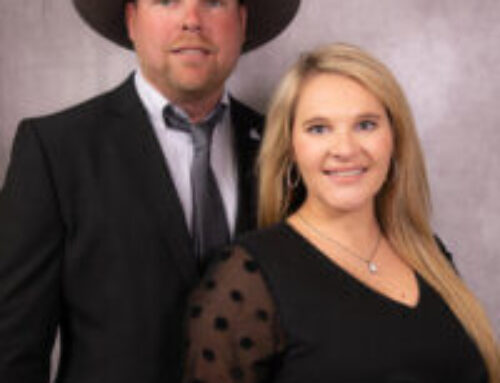Public Speaking 101
Women’s Committee Handbook
Speaking in public is the #1 fear of all fears. The fear of dying is #7! Over 41% of people have some fear or anxiety dealing with speaking in front of groups. People who have this fear can experience all kinds of symptoms: Sweaty palms, accelerated heart rate, memory loss and even difficulty in breathing.
Some of the world’s most famous presenters have freely admitted to nervousness and stage fright. Mark Twain said it best, “There are two types of speakers: those that are nervous and those that are liars”.
Everyone, even experienced speakers, has some anxiety when speaking in front of a group of people. The best way to deal with this anxiety is to first acknowledge that this fear is perfectly normal and you are not alone. To reduce your fear, you need to make sure you properly and thoroughly prepare yourself before you speak. Proper preparation and rehearsal can help to reduce this fear by about 75%. Proper breathing techniques can further reduce this fear by another 15%. Your mental state accounts for the remaining 10%.
Below are just a few suggestions you should use to overcome your speaking anxiety. The first and most important of all is preparation. Think of it as the 9 P’s:
Prior Proper Preparation Prevents Poor Performance of the Person Putting on the Presentation.
Nothing will relax you more than to know you are properly prepared. Below are 10 steps you can take to reduce your speech anxiety.
- Know the room – Become familiar with the place in which you will speak. Arrive early and walk around the room including the speaking area. Stand at the podium and speak into the microphone. Walk around where the audience will be seated. Walk from where you will be seated to the place where you will be speaking.
- Know the Audience – If possible, greet some of the audience as they arrive and chat with them. It is easier to speak to a group of friends than to a group of strangers.
- Know Your Material – If you are not familiar with your material or are uncomfortable with it, your nervousness will increase. Practice your speech or presentation and revise it until you can present it with ease.
- Learn How to Relax – You can ease tension by doing exercises. Sit comfortable with your back straight. Breathe in slowly, hold your breath for 4 to 5 seconds, and then slowly exhale. To relax your facial muscles, open your mouth and eyes wide, then close them tightly.
- Visualize Yourself Speaking – Imagine yourself walking confidently to the lectern as the audience applauds. Imagine yourself speaking, your voice loud, clear and assured. When you visualize yourself as successful, you will be successful.
- Realize People Want You To Succeed – All audiences want speakers to be interesting, stimulating, informative and entertaining. They want you to succeed – not fail.
- Don’t apologize For Being Nervous – Most of the time your nervousness does not show at all. If you don’t say anything about it, nobody will notice. If you mention your nervousness or apologize for any problems you think you have with your speech, you’ll only be calling attention to it.
- Concentrate on Your Message (not the medium) – Your nervous feelings will dissipate if you focus your attention away from your anxieties and concentrate on your message and your audience, not yourself.
- Turn Nervousness into Positive Energy – The same nervous energy that causes stage fright can be an asset to you. Harness it, and transform it into vitality and enthusiasm.
- Gain Experience – Experience builds confidence, which is the key to effective speaking. Most beginning speakers find their anxieties decrease after each speech they give.
Remember, “He who fails to prepare is preparing for failure – so Prepare, Prepare, Prepare!”
The more you know about your speaking environment and your audience, the more relaxed you will be when delivering your speech. Many speakers; however, often overlook the need to include any kind of audience analysis as part of their speech preparation. Proper audience analysis will assure that you give the right speech to the right audience. Using the word “A-U-D-I-E-N-C-E” as an acronym, we have defined some general audience analysis categories that these surveys should include.
Analysis – Who are they? How many will be there?
Understanding – What is their knowledge of the subject?
Demographics – What is their age, sex, educational background?
Interest – Why are they there? Who asked them to be there?
Environment – Where will I stand? Can they all see & hear me?
Needs – What are their needs? What are your needs as the speaker?
Customized – What specific needs do you need to address?
Expectations – What do they expect to learn or hear from you?
Develop specific questions that fit into each of these eight categories and ask the client or audience to tell you what they want. Essentially, ask them what they need and give it to them.





